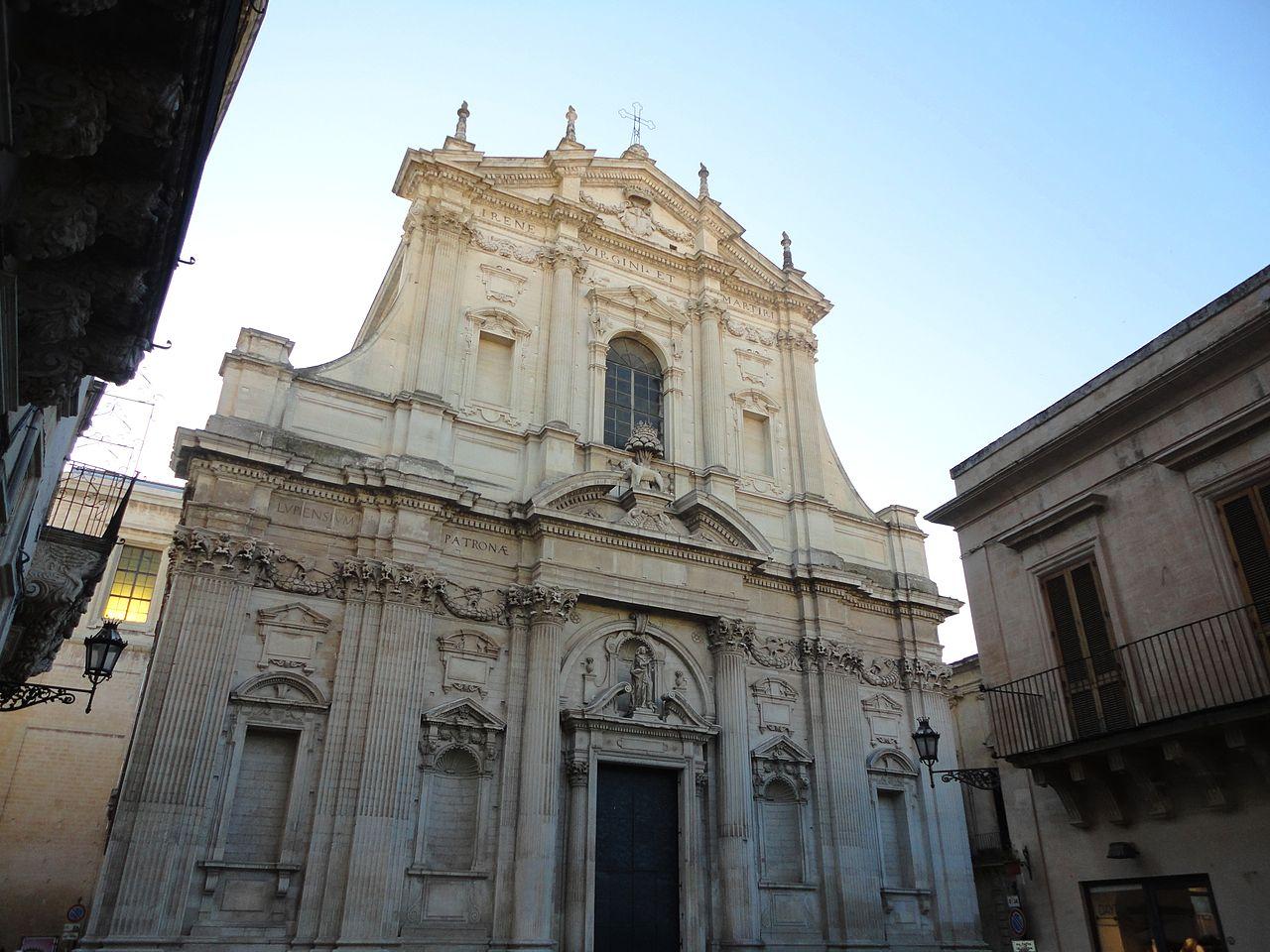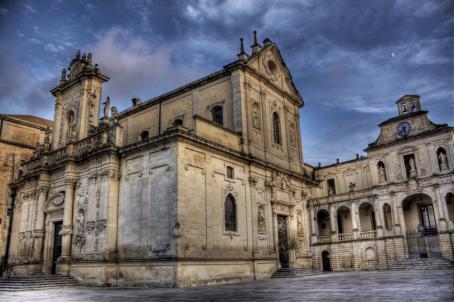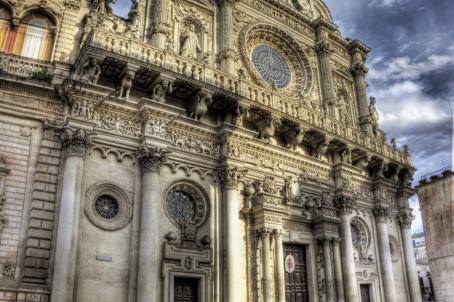Church of Sant'Irene dei Teatini, Lecce
The church of Sant'Irene dei Teatini was built from 1591 on a project by the Francesco Grimaldi Theatre (1543-1613) and was completed in 1639. The Baroque building is reminiscent of the model of the Basilica of Sant'Andrea della Valle in Rome, where the architect Grimaldi himself worked.






